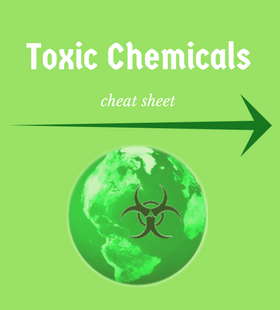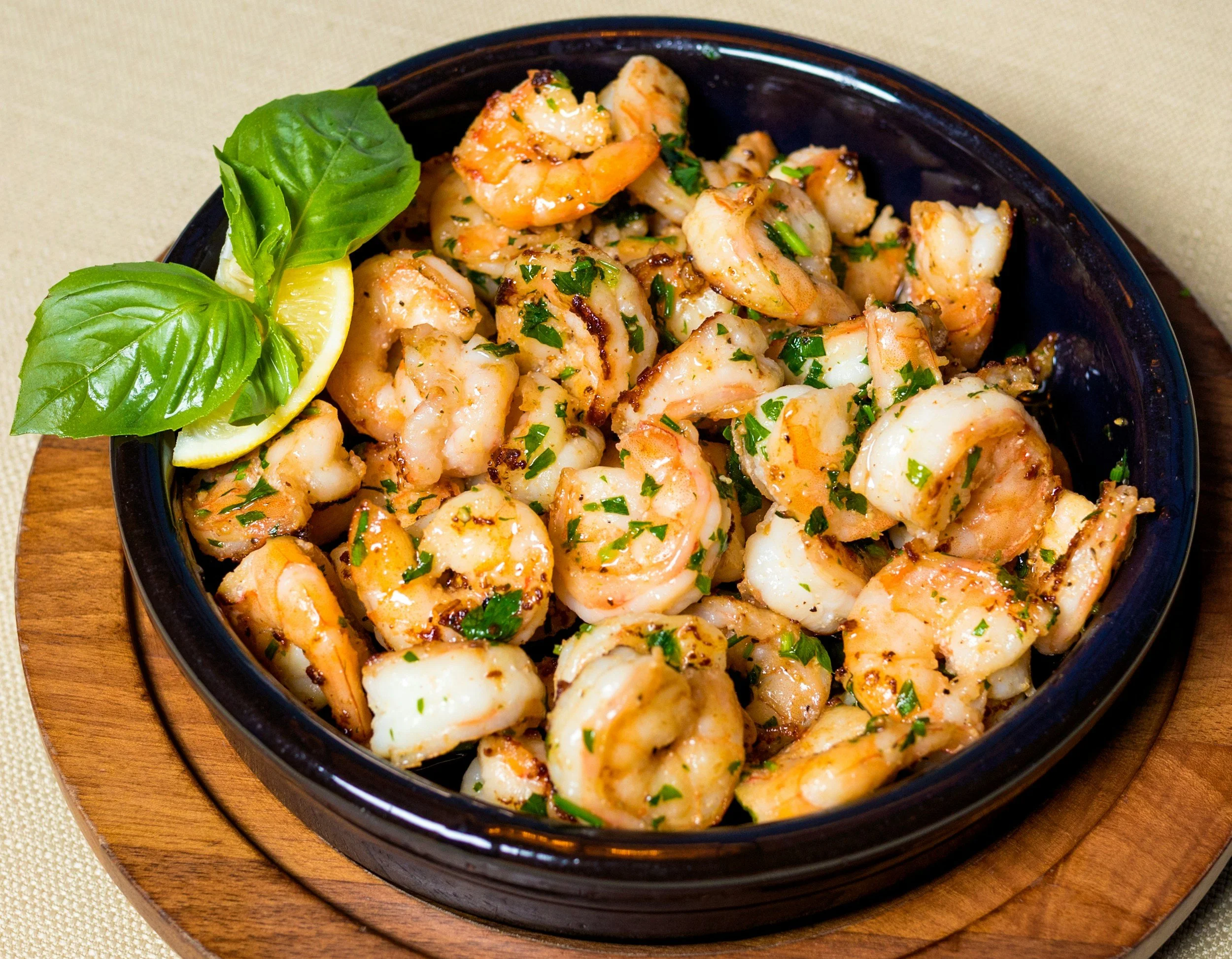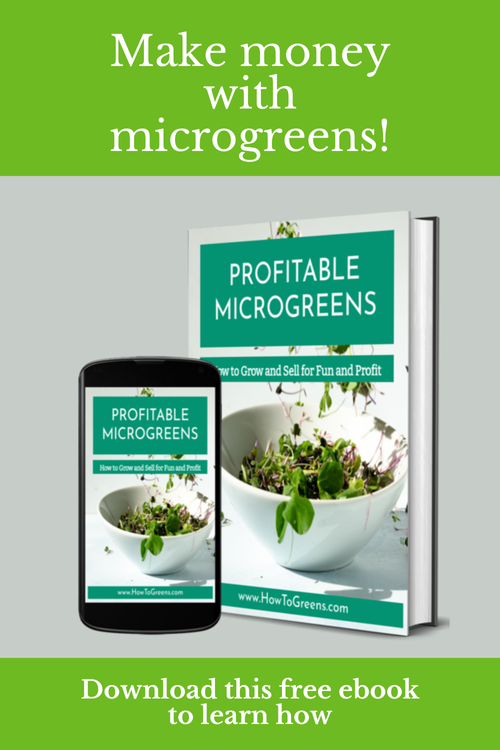Banned in Europe, But in Your Food: What You Should Know About U.S. Additives
/If you’re living in the United States, you’re likely to be eating food that contains chemicals that have been banned in Europe and other parts of the world. This is true even if you follow a “healthy” diet. Food safety regulations differ globally, but generally speaking, the European Food Safety Authority (EFSA) is a lot more cautious than the United States Department of Agriculture (USDA) and Food and Drug Administration (FDA) when it comes to approving chemicals for human consumption.
I’m continually amazed at how much of the food I eat – even “healthy” food -- contain one or more ingredients that have been proven to cause problems like neurological disorders, cardiovascular degeneration, or cancer. If you’re eating packaged food that is more than minimally processed, you’re likely to be consuming many health-sabotaging chemicals, too. So what are some of the key chemicals you should be on the lookout for? And what does the most reliable science say about their effects on human health?
Tackling the full list of chemicals banned in the EU but allowed in the US would take a very long time, so the focus here is on three that you’re more likely than not to see in the ingredient lists of the foods you may be frequently buying for your household: red dye #3, potassium bromate, and propylparaben.
Why Are Some Chemicals Banned in Europe but Allowed in the U.S.?
Food safety regulations vary significantly between the United States and the European Union, and this is in part because of differences in how risk is assessed. The EU follows the "precautionary principle," meaning if an additive is suspected of posing health risks, it is restricted or banned until proven safe. This proactive approach prioritizes consumer safety by erring on the side of caution.
By contrast, the US takes a "risk-based approach," which allows chemicals in food until there is definitive scientific evidence proving harm. Despite studies linking many food additives to health problems, the FDA and USDA still allow many of them to be used.
Part of the reason for this is the outsize influence of industry lobbying in US politics. Powerful food and chemical industry groups routinely push back against stricter regulations, arguing that bans could disrupt the market and increase costs. As a result, chemicals that raise red flags in Europe—such as certain artificial colors, preservatives, and emulsifiers—continue to be used in American food products. Put another way, it means that the agencies that are supposed to help keep US consumers safe tend to prioritize money over human health.
This regulatory gap means that US consumers may unknowingly consume additives that other countries have deemed too risky. So it’s up to consumers to educate themselves about what’s in their food, and stop using the products that contain chemicals that are known to cause harm.
5 Common Chemicals Banned in Europe but Still in U.S. Foods
Here are 5 of the most common chemicals you’re likely to find in the ingredient lists of food you commonly consume if you live in the US:
Red Dye #3
Red dye #3 is a synthetic additive that has been used in food, drugs, and cosmetics. You may have consumed it in cherry soda, red candies, baked goods, cereals, maraschino cherries or gelatin desserts It has no intrinsic value beyond its ability to give products a bright, cherry-red color. A series of studies in the 1980s found that it caused thyroid tumors in lab rats. Ten years later, it was banned for use in cosmetics and externally-applied drugs but was still allowed in food and oral medications!
This chemical has been getting a lot of attention in the press lately, because just last month (January 16, 2025) the FDA revoked its authorization for the use of FD&C Red No. 3 in food and oral medications as a matter of law. They based their decision on the Delaney Clause within the 1938 FD&C Act, which gave the FDA the authority to regulate food, drugs and cosmetics. The 1958 Delaney Clause, and amendment to the FD&C Act, states that no additive may be approved for use in food if it is found to cause cancer in humans or animals, no matter how low the level of exposure to the additive may be.
Red dye #3 was, of course, found to cause cancer in male rats over 40 years ago. Is your head spinning yet?
Europe banned red dye#3 around 1994, but not completely: the EU does still allow its use in a select few products, including some maraschino cherry products.
Why did the US finally ban this chemical? It’s because of a 2022 petition launched by the non-profit organization CSPI (Center for Science in the Public Interest) and 23 other organizations and prominent scientists. The signatories to the petition demanded that the FDA finally keep its promise to ban all remaining uses of Red 3, which it had delayed for years, citing a lack of evidence to show that humans would face the same fate as rats if they consumed red dye #3 at typical consumption levels.
Potassium bromate
Potassium bromate is a dough conditioner commonly added to bread, rolls, and other baked goods to improve texture, strengthen dough, and help loaves rise higher. It is widely used in commercial baking but is typically not listed on ingredient labels when the baking process converts it into a harmless form. Beware, though, under less than ideal baking conditions, potassium bromate can remain in the final product.
Multiple studies have linked potassium bromate to cancer. One of the most significant studies, published by the International Agency for Research on Cancer (IARC) in 1999, found that potassium bromate causes kidney, thyroid, and other organ tumors in lab animals. The study concluded that potassium bromate is a "possible human carcinogen" (Group 2B carcinogen) based on sufficient evidence from animal studies. Other studies have found that potassium bromate can induce induce oxidative stress and DNA damage. Encouragingly, a recent study published in the journal in 2022 found that the toxic effects of potassium bromate can be reduced with grape seed extract.
The EU banned potassium bromate in 1990 after reviewing studies that showed its carcinogenic effects, while the European Food Safety Authority (EFSA) notes that even trace amounts of this chemical could pose a long-term health hazard. In the US, the FDA has not banned potassium bromate, though it discourages its use. Instead, the FDA allows it in food as long as manufacturers adhere to strict guidelines to ensure minimal residue remains after baking. And yes, you read that correctly: this means that food producers in the US are being left to self-regulate. Several health and consumer advocacy organizations are calling for its ban but at the present time, it remains legal in the US.
Propylparaben
Parabens are among the class of chemicals known as endocrine disruptors – they interfere with the normal functioning of the endocrine system by mimicking, blocking, or otherwise altering the functioning of hormones. Propylparaben is one of the more common parabens that are found in personal care products. Parabens are used as a preservative and have some antimicrobial and antifungal properties. Propylparaben can be found in cosmetics, shampoos, creams, lotions and other water-based products. It is also added to some foods. It is one of the chemicals I warned about in the first book in our Green Guidebooks series, and you can find out more about its effects there and in our toxic chemicals cheat sheet, available in our Free Resources library.
The Environmental Working Group’s “skin deep” database rates this a “9” on its scale of 1-10 in assessing the harm caused by chemicals (with 1 being “best” in terms of low risk to human health and 10 being “worst.” A 2021 study examined the endocrine-disrupting properties of propylparaben and found that even low doses of propylparaben, previously considered safe, could disrupt normal mammary gland development during pregnancy and breastfeeding, potentially reducing protection against breast cancer. Elsewhere, research indicates that exposure to high levels of propylparaben is associated with adverse effects on male reproductive health. Animal studies have shown a correlation between propylparaben exposure and decreased sperm production and testosterone levels.
In the EU, propylparaben is not completely banned, but its use it restricted: the maximum allowed concentration of propylparaben in cosmetic products is 0.14% when used individually, and up to 0.8% when used in combination with other parabens. The use of propylparaben is also prohibited in diaper rash cream for children under three years old. In the US, propylparaben is generally recognized as safe for use as a preservative in foods, with a use limit of 0.1%. The exception to that general trend can be found in certain states like California, which have taken steps to completely prohibit its use in specific products.
What Does This Mean for U.S. Consumers?
For many Americans, the presence of banned additives in everyday foods goes unnoticed. Unlike in the EU, the US allows many controversial chemicals under the FDA’s “Generally Recognized as Safe” (GRAS) designation. However, critics argue that some of the research supporting these approvals is outdated or influenced by industry interests rather than independent, sound science.
As awareness grows, consumers are beginning to question what’s really in their food. Documentaries, social media, and investigative reports have shed light on the stark differences between US and European food standards, fueling a demand for cleaner ingredients. Major brands have responded by reformulating products to remove artificial dyes, preservatives, and other contentious additives, but many processed foods still contain them. And in the US, we are continually being encouraged to eat these unhealthy foods – just pay attention to how many commercials for processed food you see in the course of watching a half hour of television programming.
How to Avoid These Chemicals in Your Food
Taking control of your diet doesn’t have to be overwhelming. Here are some practical ways to reduce your intake of banned additives:
Read Ingredient Labels: Look out for additives like the ones named above. For a handy guide you can download, print out, and keep in your wallet or purse, access our library of Free Resources and look for the “Toxic Chemicals Cheat Sheet.”
Choose Whole, Less-Processed Foods: Fresh fruits, vegetables, whole grains, and lean proteins are naturally free from questionable chemicals. Processed foods often contain additives to enhance shelf life, color, or texture. Minimally processed foods are usually a much better option than highly processed foods: the more (unrecognizable, unpronounceable) ingredients in the list, the more processing involved.
Look for European-Inspired Standards: Some brands voluntarily avoid controversial ingredients, even in the US. Look for labels like “No Artificial Colors or Preservatives” or “EU Compliant” on packaging.
Advocate for Change: Consumer pressure has led to reformulations in the past. Supporting petitions, contacting food companies, and staying informed can push the industry toward safer standards.
Conclusion: Awareness is Power
Just because an ingredient is permitted in the U.S. doesn’t necessarily mean it’s safe. The fact that some additives are banned in Europe but still present in American food highlights the gaps that exist in regulatory oversight and safety testing. While industry reform takes time, consumer awareness and action can drive meaningful change. By making informed choices, reading labels, and advocating for better food policies, you can minimize your exposure to harmful chemicals, protect your health, and help shift the U.S. food system toward safer, cleaner ingredients.












































If you’re living in the United States, you’re likely to be eating food that contains chemicals that have been banned in Europe and other parts of the world. This is true even if you follow a “healthy” diet. Food safety regulations differ globally, but generally speaking, the European Food Safety Authority (EFSA) is a lot more cautious than the United States Department of Agriculture (USDA) and Food and Drug Administration (FDA) when it comes to approving chemicals for human consumption.